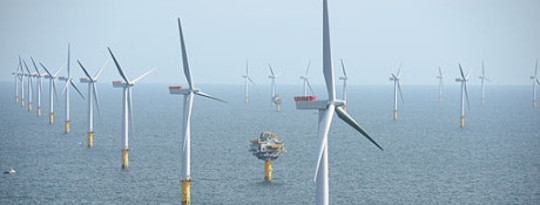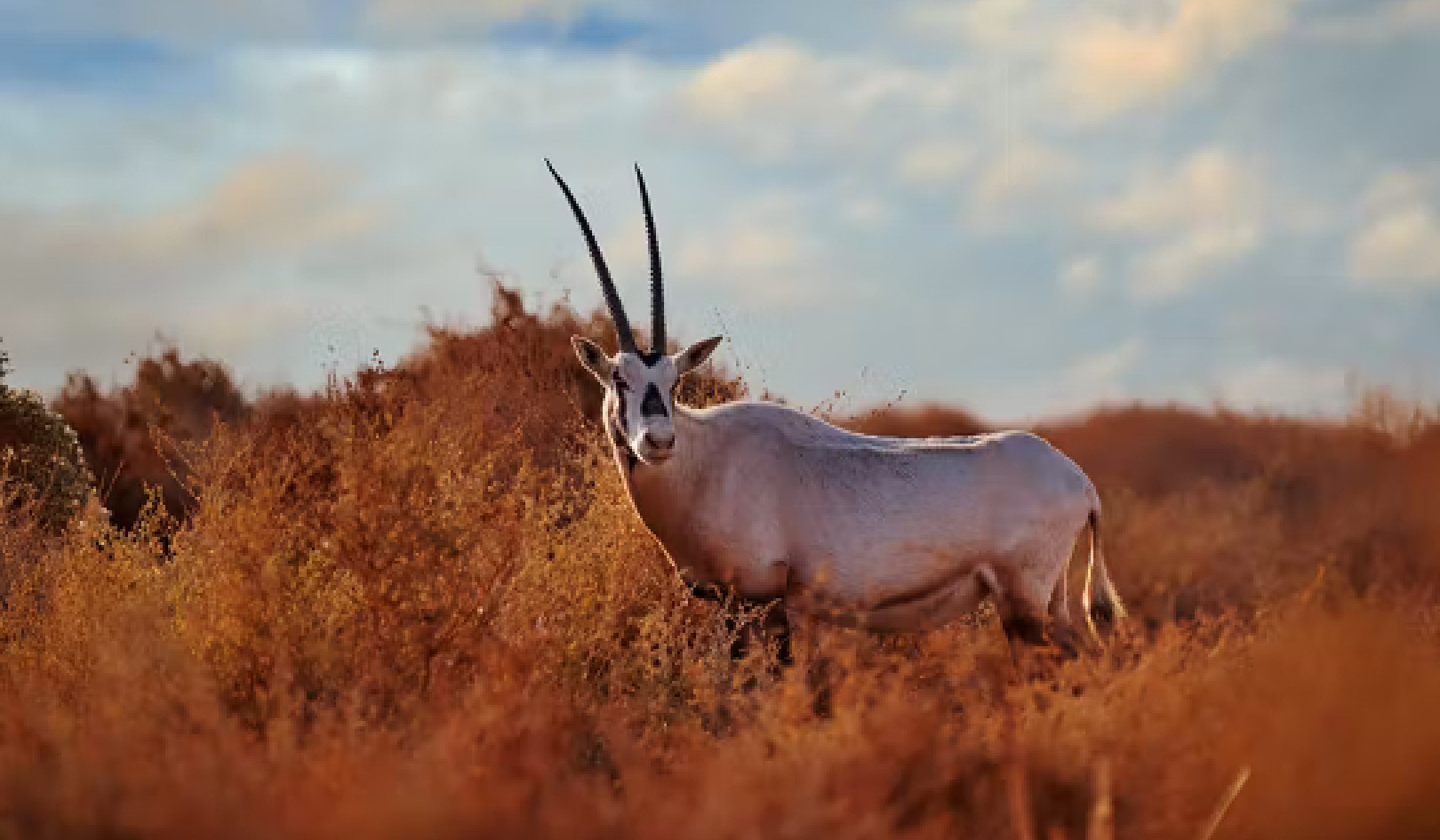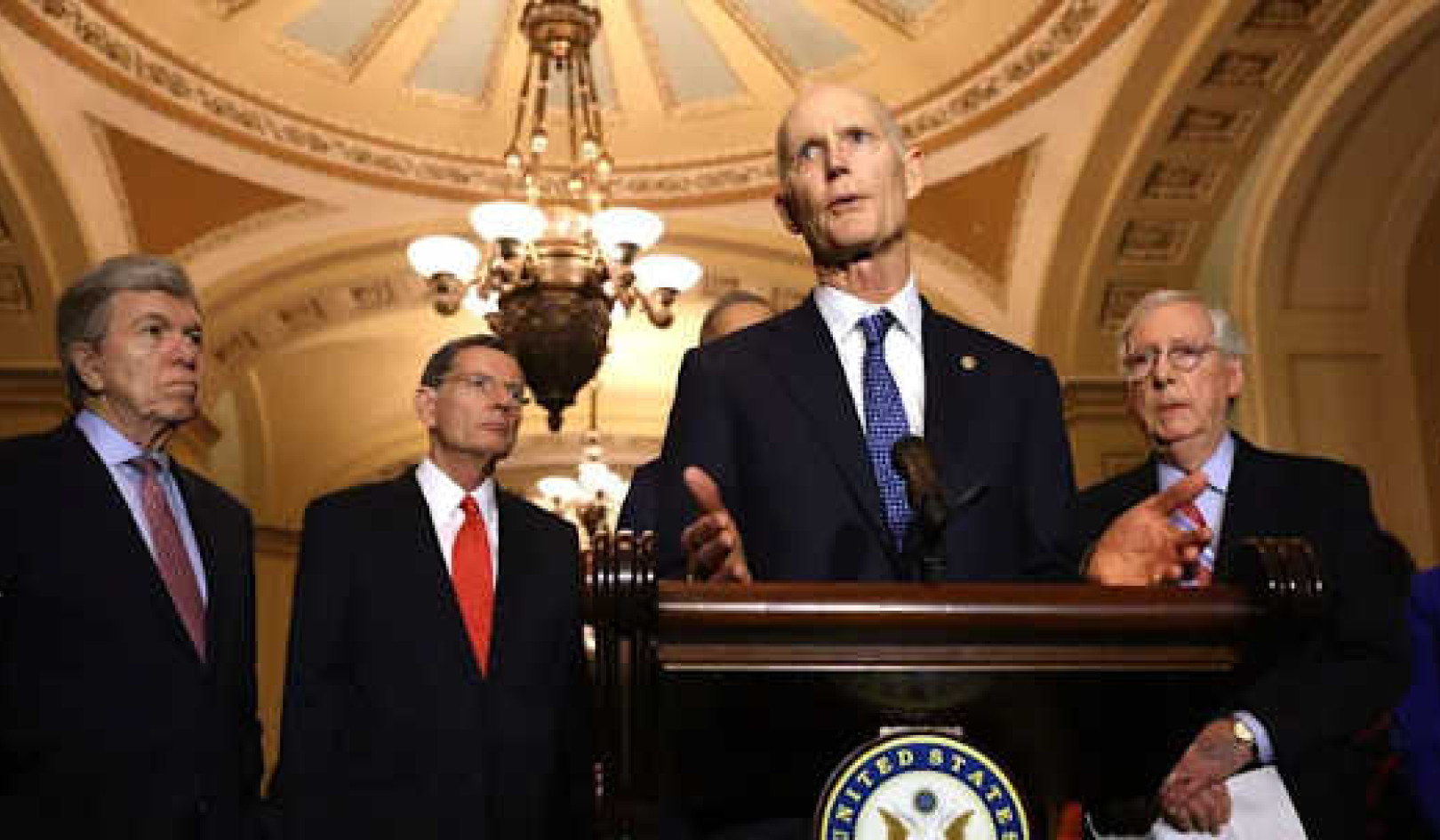 Sheringham Shoal wind farm off the Norfolk coast, England
Sheringham Shoal wind farm off the Norfolk coast, England
Image: Harald Pettersen/Statoil via Wikimedia Commons
Researchers tracking the movements of seals in the North Sea reveal that “artificial reefs” created by wind farms and pipelines are becoming attractive as foraging grounds on fishing expeditions.
Environmental campaigners and countryside conservators aren’t the only fans of those great arrays of turbines, generating renewable energy from the winds at sea. Grey and harbour seals in the North Sea are beginning to show a preference for offshore wind farms as well.
Deborah Russell, research fellow at the University of St Andrews, Scotland, and colleagues tracked the movements of both the harbour seal (Phoca vitulina) and the grey seal (Halichoerus grypus).
There are an estimated 56,000 harbour seals in the North Sea and around 65,000 of the greys haul out on the British coast on the North Sea alone. Tagged specimens, with their movements tracked by GPS satellite systems as they surface to breathe, reveal a lot about the ecology of each species and their response to environmental change.
Distinct Preference
The researchers report in the journal Current Biology that some of their tagged animals seemed to show a distinct preference for offshore wind farms and associated pipelines. Eleven harbour seals headed for two wind farms: one was Alpha Ventus, off northern Germany, and the other was Sheringham Shoal, off the North Norfolk coast, England.
Some individuals regularly cruised the sites, and some even revealed a pattern of grid-like movements as they appeared to forage at individual turbines. Two seals in the Netherlands were tracked along sections of submarine pipeline, on fishing expeditions that lasted 10 days at a time.
The guess is that the seals regarded the offshore structures as artificial reefs where crustaceans settle and fish congregate.
Turbine blades can swirl at speeds of up to 280 kilometres an hour, and represent a danger to birds and bats ? one estimate is that such structures in the US account for 600,000 bat deaths a year. But marine creatures far below the circling blades seem to value a touch of freshly-planted, three-dimensional shelter in the muddy basin of a shallow sea.
“I was shocked when I first saw the stunning grid pattern of a seal track around Sheringham Shoal,” Dr Russell said. “You could see that the individual appeared to travel in straight lines between turbines, as if he was checking them out for potential prey, and then stopping to forage at certain ones.”
Open Questions
Only a small proportion of the tracked animals showed a preference for wind farms, and such structures still cover only a trifling area of the available coast. But the research leaves open a number of questions.
One is whether, as wind farms add to the available habitat in the North Sea, they will increase the available fish and crustacean populations, or whether they simply attract the prey and make life easier for innovative predators.
As offshore investment grows, such studies may help engineers to design farms that help both the consumer and the wild things in the offshore waters.
The researchers say: “In this period of unprecedented development of the marine renewables industry, the number of apex predators encountering such structures is likely to increase. The ecological consequences may be dependent on whether such reefs constitute an increase or just a concentration of prey.”
– Climate News Network
About the Author
 Tim Radford is a freelance journalist. He worked for The Guardian for 32 years, becoming (among other things) letters editor, arts editor, literary editor and science editor. He won the Association of British Science Writers award for science writer of the year four times. He served on the UK committee for the International Decade for Natural Disaster Reduction. He has lectured about science and the media in dozens of British and foreign cities.
Tim Radford is a freelance journalist. He worked for The Guardian for 32 years, becoming (among other things) letters editor, arts editor, literary editor and science editor. He won the Association of British Science Writers award for science writer of the year four times. He served on the UK committee for the International Decade for Natural Disaster Reduction. He has lectured about science and the media in dozens of British and foreign cities.
 Book by this Author:
Book by this Author:
Science that Changed the World: The untold story of the other 1960s revolution
by Tim Radford.
Click here for more info and/or to order this book on Amazon. (Kindle book)
Foraging Seals Hunt Around Wind Farms
{youtube}https://www.youtube.com/watch?v=KGE5yBNj-QQ{/youtube}

Related Books:
The Future We Choose: Surviving the Climate Crisis
by Christiana Figueres and Tom Rivett-Carnac
The authors, who played key roles in the Paris Agreement on climate change, offer insights and strategies for addressing the climate crisis, including individual and collective action.
Click for more info or to order
The Uninhabitable Earth: Life After Warming
by David Wallace-Wells
This book explores the potential consequences of unchecked climate change, including mass extinction, food and water scarcity, and political instability.
Click for more info or to order
The Ministry for the Future: A Novel
by Kim Stanley Robinson
This novel imagines a near-future world grappling with the impacts of climate change and offers a vision for how society might transform to address the crisis.
Click for more info or to order
Under a White Sky: The Nature of the Future
by Elizabeth Kolbert
The author explores the human impact on the natural world, including climate change, and the potential for technological solutions to address environmental challenges.
Click for more info or to order
Drawdown: The Most Comprehensive Plan Ever Proposed to Reverse Global Warming
edited by Paul Hawken
This book presents a comprehensive plan for addressing climate change, including solutions from a range of sectors such as energy, agriculture, and transportation.




























